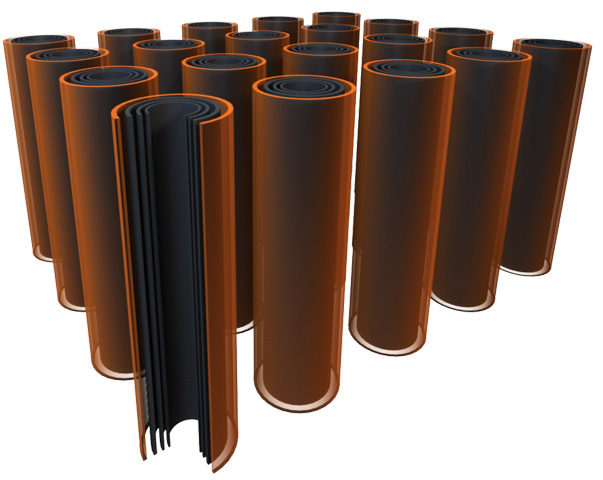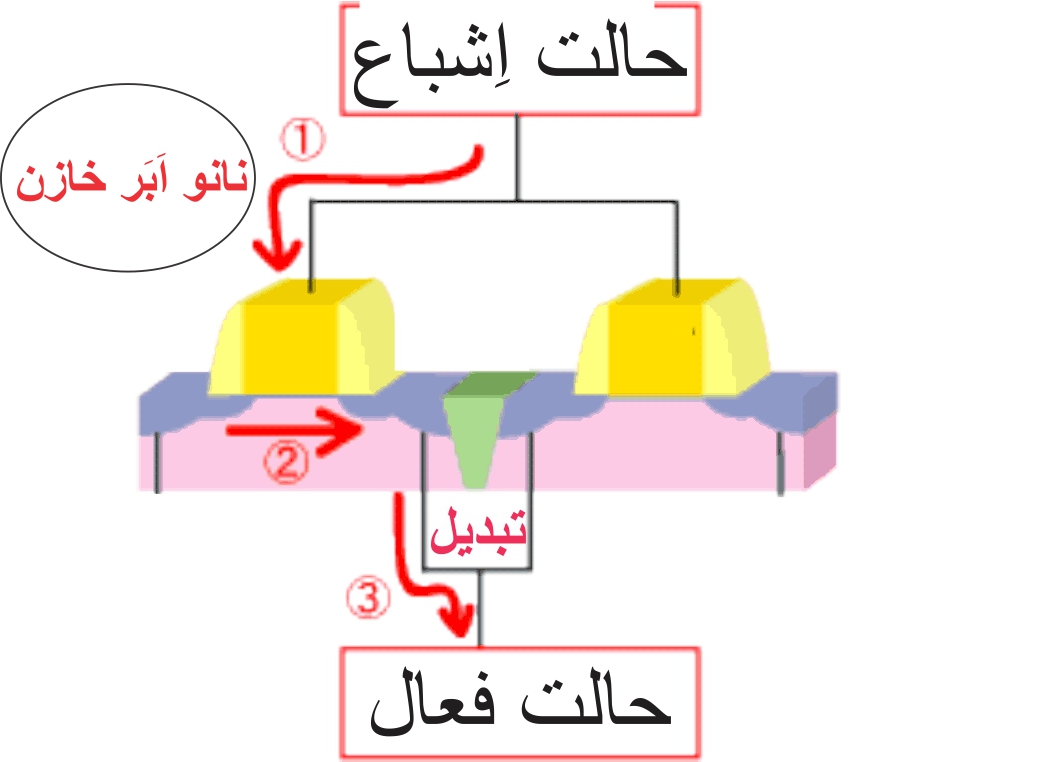Nano cloud capacitor section
Structure (nano supercapacitors)
Researcher and author: Dr. ( Afshin Rashid)
Note: In the structure (nano-supercapacitors), the nano-material used is a type of nano-scale material that is used as building blocks in the fields of physics and electronics, while supercapacitors due to their high performance and energy concentration They quickly replace conventional capacitors.
A nanomaterial supercapacitor is an electrochemical electronic device (capacitor) that has the ability to increase the storage level of static electrons by increasing the amount of energy. Due to the structure made of nanotubes, it can expand. Anodes and cathodes, like conventional capacitors, are separated by insulating materials, also known as dielectrics. The overall performance of a nanomaterial supercapacitor depends on the materials used to make it and the properties of the electrodes. Energy storage, which includes (nano-supercapacitors) , occupies a middle ground between double-layer electrolytic capacitors, which store energy simply in two layers on a high-surface-area conductor, and batteries, which rely primarily on Faraday electron transfer to Metal centers are (usually) supported. It is possible by combining charge compensating ions .
Current versus voltage curves provide a means of classifying the charge storage mode. Usually, a (nano-supercapacitor) is independent of the potential and therefore conducts the current independent of the potential. (nano-supercapacitor) is used to describe devices that use quasi-capacitors to store capacitive energy. This performance shows that Faradaic electron transport plays a role in charge storage and sheds light on the properties of a particular device. (Nano supercapacitor) It is necessary to integrate the curve of the voltage of the cell against the capacity and normalize it with the mass or volume of the active material. Graphically, it is the area under the voltage versus specific capacitance curve. By considering a ratio of the areas under the discharge and charge curves, the energy efficiency of the device can be calculated - for a supercapacitor it should be close to 100%.
Conclusion :
In the structure (nano-supercapacitors), the nanomaterial used is a type of nano-scale material that is used as building blocks in the fields of physics and electronics, while supercapacitors due to their high performance and high energy concentration Speed replaces conventional capacitors.
Researcher and author: Dr. ( Afshin Rashid)
Specialized doctorate in nano-microelectronics





